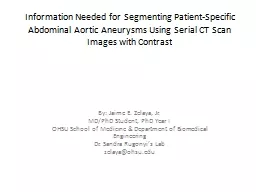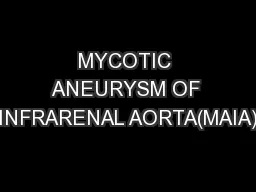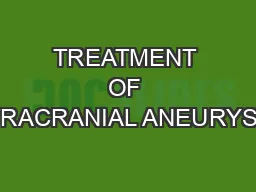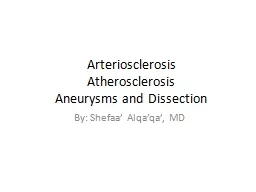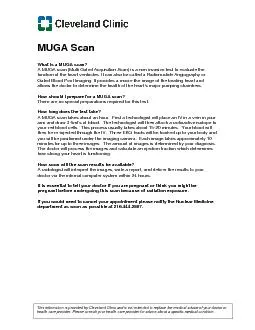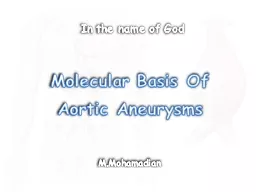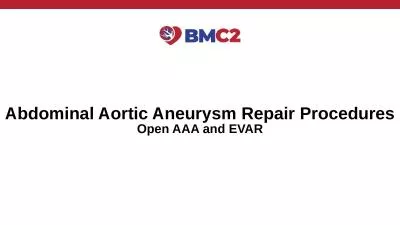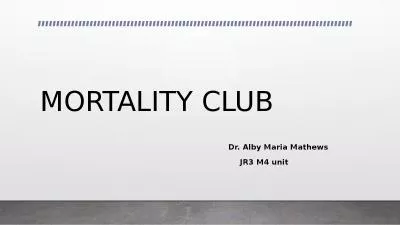PPT-Information Needed for Segmenting Patient-Specific Abdominal Aortic Aneurysms Using Serial
Author : kimberly | Published Date : 2022-06-07
By Jaime E Zelaya Jr MDPhD Student PhD Year I OHSU School of Medicine amp Department of Biomedical Engineering Dr Sandra Rugonyis Lab zelayaohsuedu Image Parameters
Presentation Embed Code
Download Presentation
Download Presentation The PPT/PDF document "Information Needed for Segmenting Patien..." is the property of its rightful owner. Permission is granted to download and print the materials on this website for personal, non-commercial use only, and to display it on your personal computer provided you do not modify the materials and that you retain all copyright notices contained in the materials. By downloading content from our website, you accept the terms of this agreement.
Information Needed for Segmenting Patient-Specific Abdominal Aortic Aneurysms Using Serial: Transcript
Download Rules Of Document
"Information Needed for Segmenting Patient-Specific Abdominal Aortic Aneurysms Using Serial"The content belongs to its owner. You may download and print it for personal use, without modification, and keep all copyright notices. By downloading, you agree to these terms.
Related Documents

